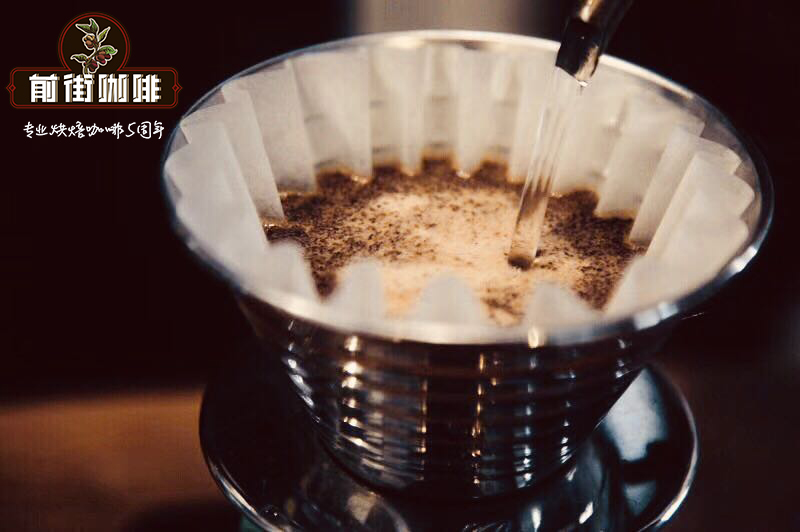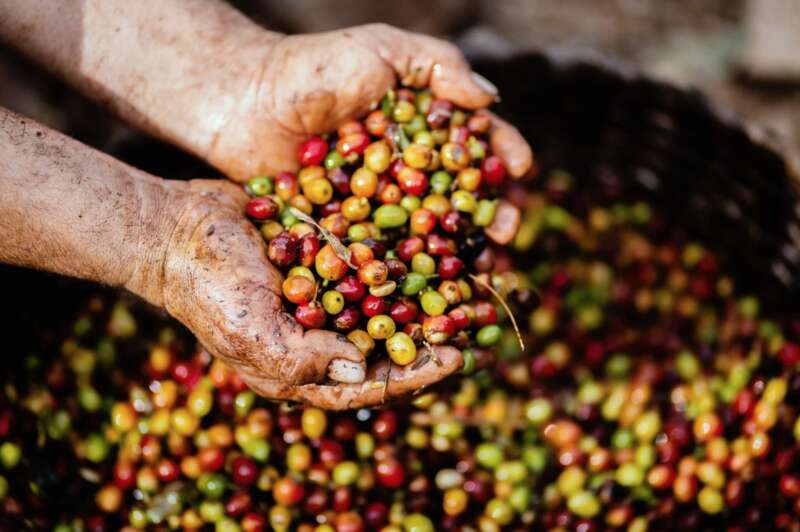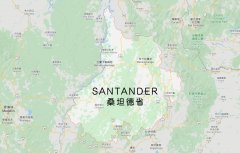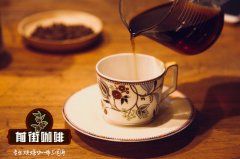Costa Rica Brenka Treasure Estate Coffee Introduction and Flavor Features Honey Treatment Features

Brenka Treasure Manor Coffee
The town of Rivas in the Brunca producing area, which is located about 150km southeast of San Jose, the capital of Costa Rica, takes three and a half hours to drive through a remote coffee-producing area with an altitude of 3000km and 3400m above sea level, an area that has always been considered "not producing good coffee".
The manor, which has been in operation for about 30 years, was created by the current owner Regulo Gerard (Reguro Gillard). It used to be a hillside for animal husbandry, with a lowest point of about 1200 meters and a maximum of 2000 meters upward.
He began to grow coffee from the bottom and divided it into five coffee plantations according to altitude and slope direction. Over the next 20 years, he sold coffee berries to the town's processing plant, and like most coffee farmers at the time, he devoted all his efforts to taking care of coffee trees and his family.
But such income is not very good, and it is not stable at the same time. Until the trough of international coffee futures prices in 2002, Costa Rica began the "micro-processing plant revolution". Many farmers hoped that their own micro-batch of sub-beans would be able to gain the vision of international boutique buyers and get rid of the terrible commercial coffee price cycle forever.
With no one to imitate and no international boutique buyer, Riguro decided to invest tens of thousands of dollars in a set of "Penagos" micro-honey processing equipment (and named the new microprocessing plant-Rivense Rivas processing plant). Bet the whole coffee business and the future of the family on an unknown.
Honey treatment method
In 2002, the "Honey treatment method" first appeared in Central America. After more than a decade, everyone's technology has become more and more mature. It can even be divided into four kinds: White honey, yellow honey, red honey and black honey according to the degree.
The so-called depth of honey treatment refers to the "degree of browning and fermentation of pectin layer", in which white honey is the shallowest and closest to water washing treatment, so it is also called mechanical washing, while black honey is the deepest honey treatment, with the highest risk and difficulty. Good black honey not only has a rich taste of honey, but also has some fermented aroma of the sun.
In honey treatment, white honey left about 20% pulp, yellow honey 40% pulp, red honey 60% pulp, black honey about 80% pulp. Compared with other honey treatment methods, white honey is closer to the water washing method, the taste is more dry and transparent, while the black honey is relatively close to the sun treatment, with obvious sweetness and rich flavor. Honey treatment requires skilled fermentation technology, because honey-treated fermentation with pulp, the fermentation rate is not easy to grasp, if not treated can easily lead to excessive or uneven fermentation, or even produce wine flavor. Therefore, the success of honey treatment to make each batch of beans produce a beautiful and stable flavor depends on the fermentation control technology of the treatment plant, which can correctly determine which proportion of honey treatment is suitable for each kind of bean, and also test the experience of the treatment plant.

La Guaca Treasure Manor
■ processing plant Rivense Rivas processing plant
■ producing area Brenka (Brunca)
■ level SHB
■ producer Regulo Gerardo Urena Chacon
■ treatment of black honey
■ variety Kaduai (Catuai)
■ 1600 meters above sea level
■ has dry aromas of plums, nuts and caramel. After the entrance, there are creamy nuts, fruit wine, sweet and sour red meat plums and jujube-like sweetness. Body is thick and full, with green tender grass on the finish.
Important Notice :
前街咖啡 FrontStreet Coffee has moved to new addredd:
FrontStreet Coffee Address: 315,Donghua East Road,GuangZhou
Tel:020 38364473
- Prev

Introduction of Colombian Santander Rose Valley Coffee Bean characteristics of Rodeo Manor Coffee
Coffee in Santander province of Colombia introduces coffee as the main source of economy in Colombia, so locals also call coffee "green gold". Colombia is a country where coffee can be collected all the year round, so fresh coffee can be tasted at any time. According to the different production environment and cultivation methods, Colombian coffee
- Next

History of Brazilian Coffee beans in Santa Lucia Manor Brazilian honey treats yellow bourbon coffee
Brazilian coffee beans make Brazil the largest coffee producer in the world, providing nearly 45% of the world's raw coffee beans. The length of the dry season in the country may even affect coffee prices around the world. The main producing areas of Brazil are Minas Gerais Minas Gerais, Sao Paulo Sao Paulo, Bahia Bahia and Esp í rito Santo Espirito Santo, which account for the country's exports.
Related
- Beginners will see the "Coffee pull flower" guide!
- What is the difference between ice blog purified milk and ordinary milk coffee?
- Why is the Philippines the largest producer of crops in Liberia?
- For coffee extraction, should the fine powder be retained?
- How does extracted espresso fill pressed powder? How much strength does it take to press the powder?
- How to make jasmine cold extract coffee? Is the jasmine + latte good?
- Will this little toy really make the coffee taste better? How does Lily Drip affect coffee extraction?
- Will the action of slapping the filter cup also affect coffee extraction?
- What's the difference between powder-to-water ratio and powder-to-liquid ratio?
- What is the Ethiopian local species? What does it have to do with Heirloom native species?

